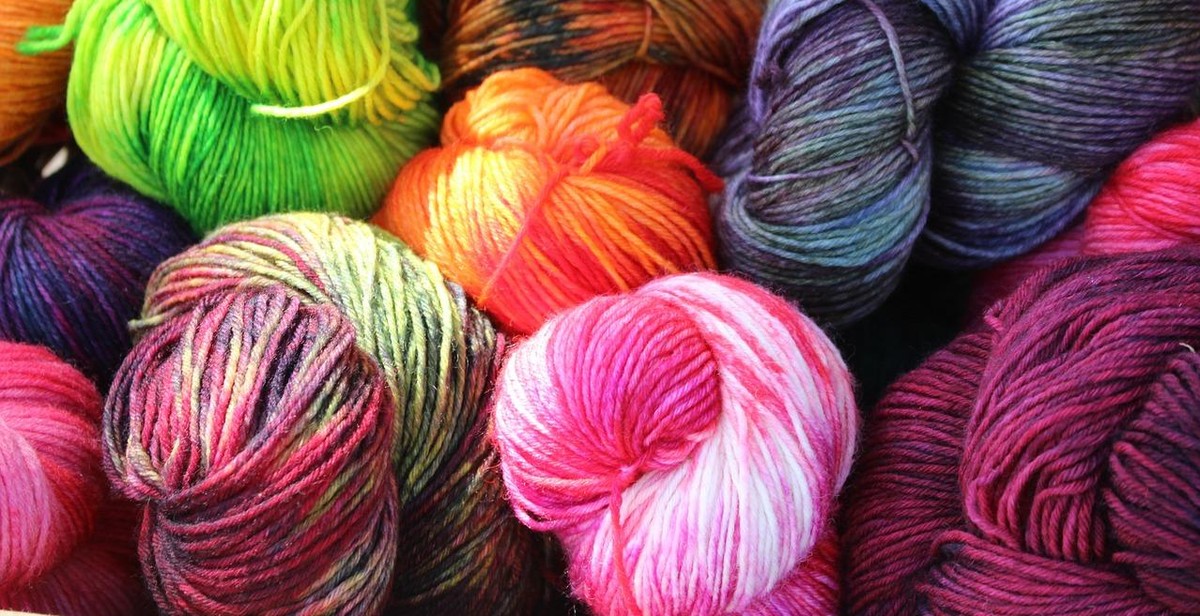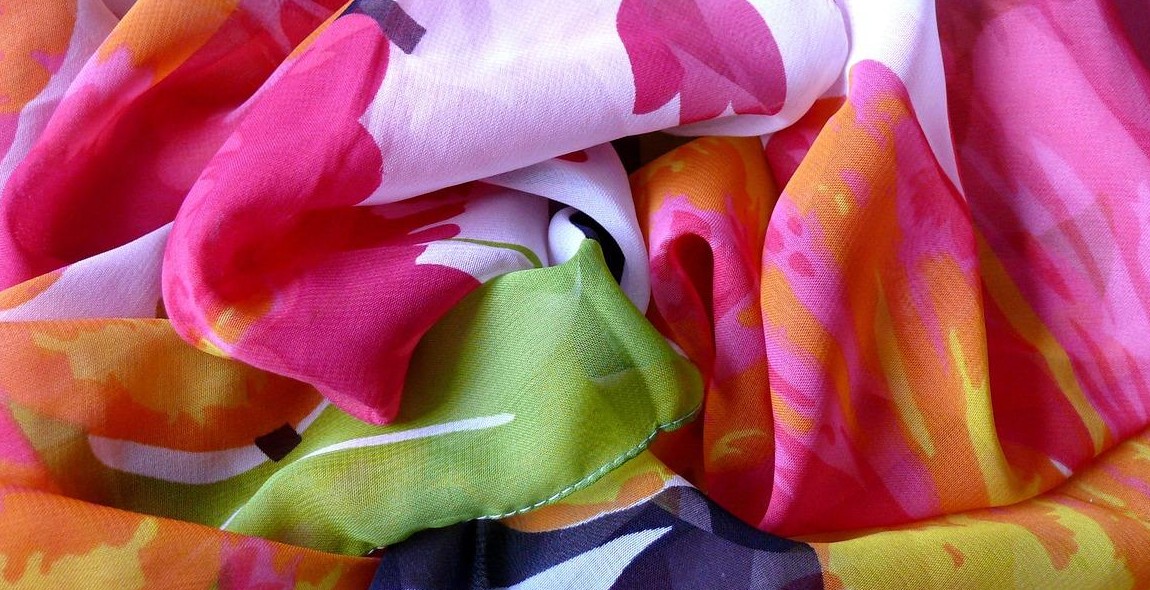How to Dye Yarn for Weaving: Exploring Different Techniques and Colors
As a professional article writer and content creator with years of experience, I have always been fascinated by the art of dyeing yarn for weaving. Exploring the different techniques and colors that can be achieved through dyeing has been a rewarding experience that has allowed me to create unique and beautiful woven pieces.
In this article, I will share my knowledge and personal experience on how to dye yarn for weaving. We will delve into the different techniques that can be used to dye yarn, including hand-dyeing and natural dyeing. We will also discuss the various colors that can be achieved through dyeing, and how to mix and match different hues to create stunning woven designs.
Why Dyeing Yarn is Important for Weaving
When it comes to weaving, the color of the yarn used can greatly impact the final product. Using pre-dyed yarns can limit the color choices and may not achieve the desired effect. Dyeing yarn allows for more creativity and personalization in the weaving process, resulting in unique and one-of-a-kind pieces.
What You Will Need
Before we dive into the different techniques and colors, it is important to have the necessary materials. Some of the items you will need include:
- Undyed yarn
- Dye
- Large pot or dyeing vessel
- Measuring cups and spoons
- Stirring utensils
- Protective gear (gloves, apron, mask)

Understanding the Basics of Yarn Dyeing
If you’re interested in weaving, you’ll need to know how to dye yarn to achieve the colors you want for your projects. Yarn dyeing is the process of coloring yarn, which can be done before or after weaving. Here are the basics of yarn dyeing that you need to know:
What is Yarn Dyeing?
Yarn dyeing is the process of adding color to yarn. The dye can be applied to the yarn in a number of ways, including immersion, hand painting, and dip dyeing. The process can be done with natural or synthetic dyes and can be done at home or in a professional dyeing studio.
Types of Yarn Dyeing
There are several different types of yarn dyeing techniques, including:
- Immersion Dyeing: This involves submerging the yarn in a dye bath.
- Hand Painting: This involves painting the dye onto the yarn by hand.
- Dip Dyeing: This involves dipping the yarn into the dye bath for a short period of time to create a gradient effect.
Materials Required for Yarn Dyeing
The materials you need for yarn dyeing will depend on the technique you choose. However, some of the basic materials you’ll need include:
| Dye: | You’ll need dye in the colors you want to use. |
| Yarn: | You’ll need the yarn you want to dye. |
| Water: | You’ll need water to make the dye bath. |
| Heat source: | You’ll need a heat source to heat the dye bath and set the dye. |
| Measuring cups and spoons: | You’ll need measuring cups and spoons to measure the dye and other ingredients. |
| Mixing bowls: | You’ll need mixing bowls to mix the dye and other ingredients. |
| Gloves: | You’ll need gloves to protect your hands from the dye. |
Now that you know the basics of yarn dyeing, you can start experimenting with different techniques and colors to create unique yarns for your weaving projects.
Different Techniques of Yarn Dyeing
There are several techniques for dyeing yarns, each with its unique characteristics and results. Here are four popular techniques:
Hand-Painting Yarns
Hand-painting yarns is a fun and creative way to dye yarns. This technique involves applying dyes directly onto the yarn using a brush or sponge. The yarn can be painted in different patterns or colors. The result is a yarn with a unique and beautiful color pattern. Hand-painting yarns is a great technique for creating variegated or speckled yarns.
Immersion Dyeing
Immersion dyeing is a traditional method of dyeing yarns. This technique involves submerging the yarn into a dye bath and letting it soak until the color is fully absorbed. The yarn can be left in the dye bath for a short or long period, depending on the desired color intensity. Immersion dyeing is a great technique for creating solid or semi-solid colored yarns.
Tie-Dyeing
Tie-dyeing is a fun and easy technique for creating unique and colorful yarns. This technique involves tying the yarn into knots or twists before dyeing it. The tied sections of the yarn resist the dye, creating unique patterns and designs. Tie-dyeing is a great technique for creating multi-colored or gradient yarns.
Ombre Dyeing
Ombre dyeing is a technique for creating a gradient color effect on the yarn. This technique involves gradually changing the intensity of the dye from light to dark. The yarn is first dipped into a light dye bath, then gradually moved into a darker dye bath. Ombre dyeing is a great technique for creating yarns with a subtle and sophisticated color gradient.
| Technique | Result | Difficulty Level |
|---|---|---|
| Hand-Painting Yarns | Variegated or speckled yarns | Intermediate |
| Immersion Dyeing | Solid or semi-solid colored yarns | Beginner |
| Tie-Dyeing | Multi-colored or gradient yarns | Beginner |
| Ombre Dyeing | Subtle and sophisticated color gradient | Intermediate |

Choosing the Right Colors for Yarn Dyeing
Color theory is a crucial aspect of yarn dyeing. Understanding color combinations and color inspiration can help you choose the right colors for your yarn dyeing project.
Color Theory
Color theory is the study of colors and their relationships with each other. It involves understanding color properties such as hue, saturation, and value. When it comes to yarn dyeing, color theory can help you create harmonious color combinations.
Color Combinations
There are different color combinations you can use in yarn dyeing. These include:
- Complementary colors: These are colors that are opposite each other on the color wheel. For instance, red and green are complementary colors.
- Analogous colors: These are colors that are adjacent to each other on the color wheel. For instance, blue and green are analogous colors.
- Triadic colors: These are colors that are evenly spaced on the color wheel. For instance, yellow, blue, and red are triadic colors.
Color Inspiration
Color inspiration can come from different sources such as nature, art, and fashion. You can also create your color palette by experimenting with different color combinations. When choosing colors, consider the mood you want to create and the intended use of the yarn. For instance, if you want to create a calming effect, you can use cool colors such as blue and green.
| Color | Mood |
|---|---|
| Red | Passion, energy, excitement |
| Blue | Calmness, trust, serenity |
| Yellow | Happiness, warmth, optimism |
| Green | Nature, growth, balance |
By understanding color theory, color combinations, and color inspiration, you can choose the right colors for your yarn dyeing project and create beautiful, harmonious colors.
Preparing the Yarn for Dyeing
Before you start dyeing your yarn, it is essential to prepare it properly. This process involves skeining, washing, and mordanting the yarn.
Skeining the Yarn
The first step is to skein the yarn. This process involves winding the yarn into a long, loose loop. You can use a swift or a niddy-noddy to help you with this process. Skeining the yarn ensures that it is evenly exposed to the dye and prevents it from getting tangled during the dyeing process.
Washing the Yarn
After skeining, you need to wash the yarn. Use a mild detergent or wool wash to remove any dirt, oil, or other impurities that may affect the dye uptake. Rinse the yarn thoroughly and allow it to dry completely before proceeding to the next step.
Mordanting the Yarn
Mordanting is a crucial step that helps the yarn absorb the dye and retain its color. There are different types of mordants, including alum, copper, iron, and tin. The mordant you choose will depend on the type of dye you are using and the desired colorfastness.
To mordant the yarn, dissolve the mordant in hot water and add it to a pot of water. Add the yarn and simmer it for at least an hour, stirring occasionally. Rinse the yarn thoroughly and allow it to dry before dyeing.
By properly preparing the yarn for dyeing, you can achieve beautiful and long-lasting colors that will enhance your weaving projects.
The Dyeing Process
Preparing the Dye Bath
The first step in dyeing yarn for weaving is to prepare the dye bath. This involves mixing the dye with water and any necessary additives, such as vinegar or salt, depending on the type of dye being used. It’s important to follow the instructions carefully to ensure the right amount of dye is used for the amount of yarn being dyed.
Once the dye bath is prepared, it’s heated to the appropriate temperature. Different dyes require different temperatures, so it’s important to read the instructions carefully. It’s also important to use a pot that is dedicated to dyeing, as the dye can stain the pot and potentially contaminate future dye baths.
Dyeing the Yarn
After the dye bath is prepared and heated, the yarn is added to the pot. It’s important to ensure that the yarn is fully submerged and that there are no tangles. The yarn should be stirred gently to ensure even color distribution.
The yarn is left in the dye bath for the appropriate amount of time, again following the instructions carefully. The longer the yarn is left in the dye bath, the darker the color will be. It’s important to keep an eye on the time and not leave the yarn in the dye bath for too long, as this can damage the fibers.
Rinsing and Drying the Yarn
After the yarn has been dyed for the appropriate amount of time, it’s time to rinse it. The yarn should be rinsed in cool water until the water runs clear. This removes any excess dye and helps set the color.
Once the yarn has been rinsed, it should be hung up to dry. It’s important to handle the wet yarn gently to avoid stretching or distorting the fibers. The yarn should be hung in a well-ventilated area away from direct sunlight. Once the yarn is dry, it’s ready to be used for weaving!
Conclusion
Learning how to dye yarn for weaving can open up a world of creative possibilities. Whether you’re a seasoned weaver or just starting out, experimenting with different dyeing techniques and colors can help you create unique and beautiful textiles.
Key Takeaways
- There are many different natural and synthetic dyes you can use to color your yarn.
- Each dyeing technique produces a different effect, so it’s worth experimenting to find the techniques that work best for your project.
- When dyeing yarn, it’s important to follow safety guidelines and take steps to protect yourself and your workspace.
- Keeping detailed notes about your dyeing process can help you replicate successful results and avoid mistakes in the future.
Whether you’re dyeing yarn for personal use or to sell to others, creating beautiful and unique colors is an art form that requires practice and patience. With the right tools, materials, and techniques, you can create yarns that are truly one-of-a-kind.
Ready to start dyeing your own yarn?
| Check out our beginner’s guide to dyeing yarn | Shop our selection of dyeing supplies |
